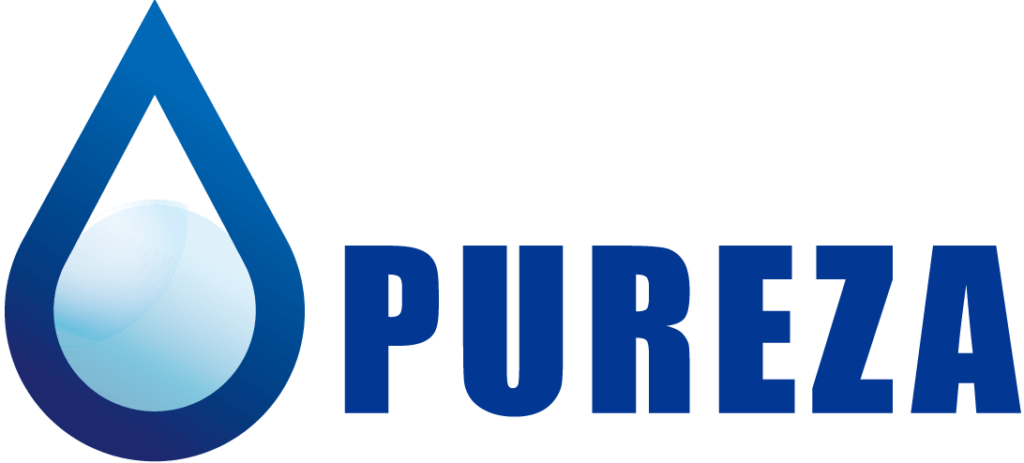Factory price hot selling!
Come and become a swift distributor!
NSF Certified and Budget Oriented Water Filters Wholesale!
Are you searching for a trustworthy water filter wholesaler? Look no further than Pureza! We manufacture NSF-certified water filters without compromising quality.


We find your perfect property.
Get Genuine and Reliable Water Filters Wholesale With Pureza
With our vast experience in manufacturing water filters, get the customization of your choice built the way you want. Our R&D team has extensive expertise in manufacturing bespoke filters.
They ensure that the finished product is distinct from the majority of water filters on the market. You can avail the finest OEM and ODM services at an unrivaled price. Moreover, you can rest assured as Pureza is your unique and trustworthy ODM/OEM partner.
About Pureza
Our Proud Products!
Pureza firmly believes in producing filters that are high quality and environmentally responsible. Coconut shells are the primary material for our filters. Our choice is Sri Lankan coconut shell activated carbon for the production of our filters. It’s among the most premium materials on the market and makes the filters long-lasting and safe.
Pureza's Services - Always Above and Beyond!
Pureza works tirelessly to ensure that you’re getting the highest quality filters on time. The staff handles the manufacturing processes, trade, logistics, clearance, etc., and lets you sit back and relax. Our team is dedicatedly available 24×7 to clear all your queries.

OEM & ODM Available
We provide a private labeling option for our customers to ensure you can promote your brand’s identity.

Fast Delivery
If you don’t need additional designs, your filters will be finished in production and sent in 15 days.

Start With Low MOQ
If you want to wholesale refrigerator water filters, we support a minimum order quantity of 100 pcs for the first order.
Why Choose Pureza
Pureza filters are manufactured keeping in mind international regulations and certifications. All products have passed NSF 42/ANSI 372 &53, IAPOM, DNB certification, and are SA8000 certified.Our filters are ecologically friendly, utilizing activated Carbon Block as a filtration medium. What makes our activated Carbon Block different is its:
Testimonial
FAQs of Wholesale Refrigerator Water Filters
What's your main product?
We research & develop and assemble refrigerator water filters, air purifiers, carbon block filters, RV water filters, faucet water filters, coffee maker filters, pitcher water filters, and ice maker water filters and other related accessories.
How can I get the quotation?
IWe usually quote within 24 hours after receiving your inquiry (Except weekends and holidays). If you urgently want the price, please email us or contact us in other ways so that we can offer you a quote.
What are your payment terms?
IT/T 30% as deposit, and 70% before delivery. We’ll show you the photos of the products and packages before you pay the balance. And we also have Western Union,MoneyGram,and PayPal. Or if you have different request, we can discuss.
Want other color filter housings, OEM labels, and OEM bags, can you do it?
Yes, we accept customer customization, depending on the customer’s situation. We provide OEM and ODM services. We are sure to be your unique and reliable ODM/OEM business partner.
What are the advantages of your company and products?
Pureza filters are manufactured keeping in mind international regulations and certifications. All products have passed NSF 42/ANSI 372 &53, IAPOM, DNB certification, and are SA8000 certified. Our eco-friendly filters utilize activated Carbon Block as a filtration medium. And we have 100% genuine natural activated carbon, provide full support, competitive price, and customized on demand.
Why Pureza refrigerator water fitlers?
Pureza water filters are of high-quality and are artistic. They promote the well-being of the environment. We use them as a way of recycling waste in the environment. Instead of throwing these coconut husks away, Pureza puts them to much better use by making the bowls.
Start Earning Good Money With Pureza!
Refrigerator water filter wholesale can be easy. Pureza has helped customers in more than 30 countries to be successful and earn good profits. We also welcome you to become an exclusive distributor in your country.
After signing the agreement, we will not wholesale any more products to your country or region, your orders will be processed and shipped first, and we will execute your custom water filters’ design after you send us the first time. Click the buttons below, and let’s grow your brand together.












